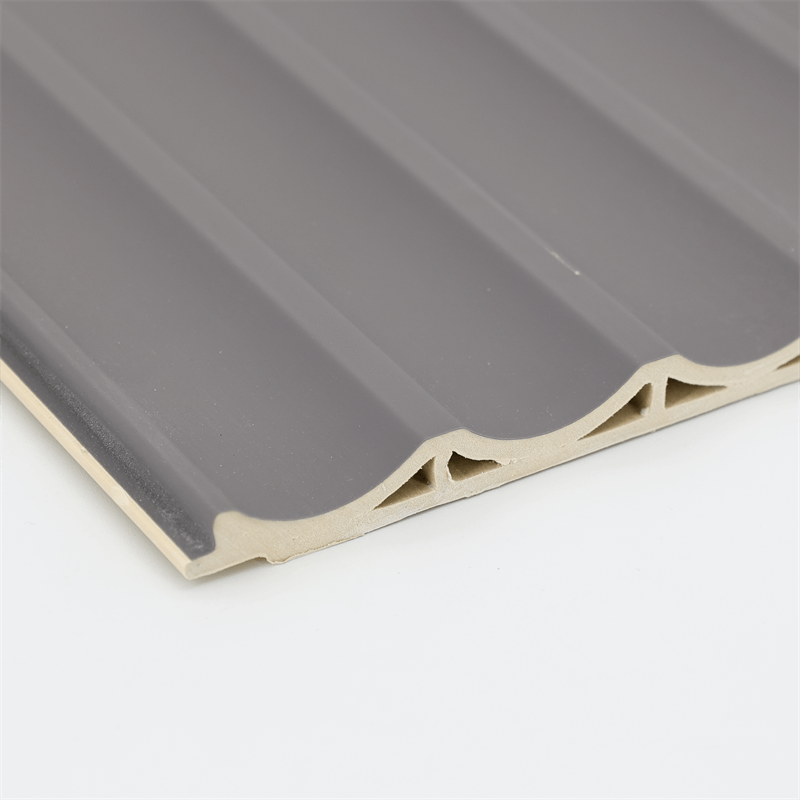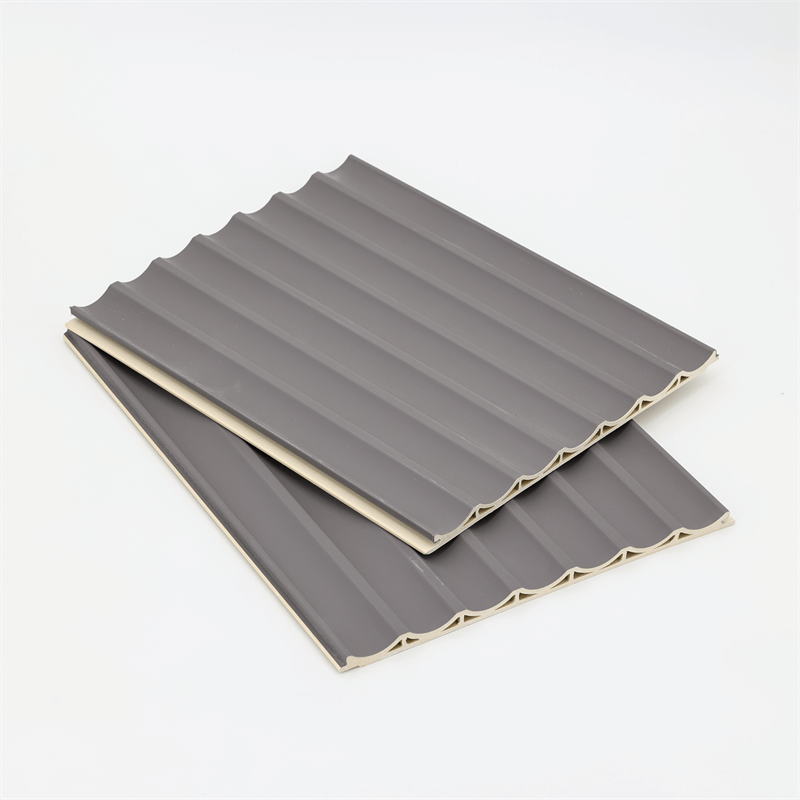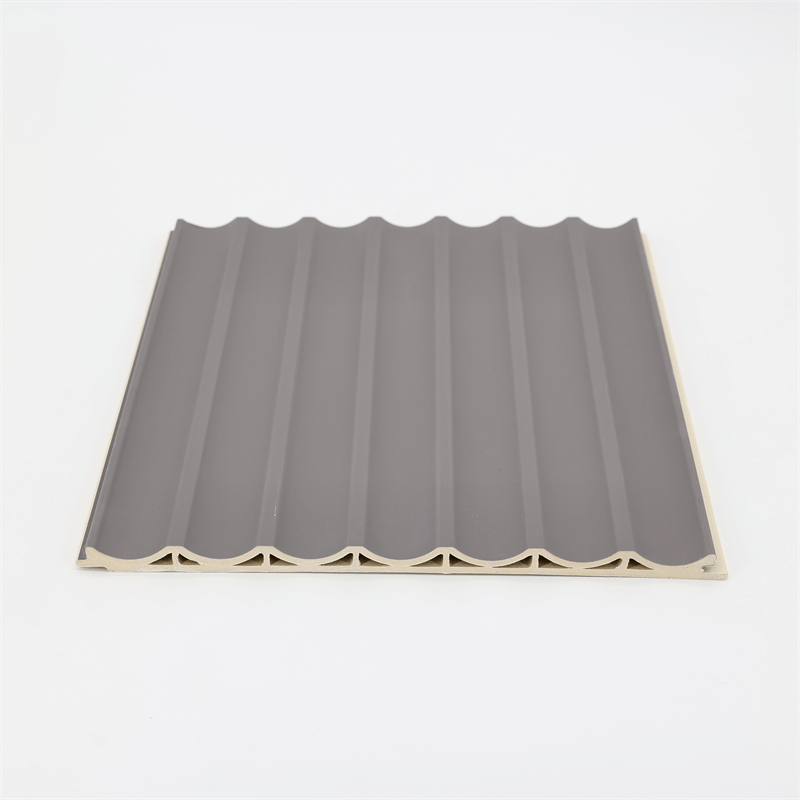Indoor air quality (IAQ) plays a vital role in ensuring a healthy and comfortable living or working environment.
With the increasing awareness of the impact of indoor pollutants on human health, it is crucial to consider the materials used in interior design and construction.
Wood-plastic composite (WPC) wall panels have gained popularity as a sustainable and versatile alternative to traditional wall materials.
This essay explores the impact of WPC wall panels on indoor air quality and health, examining their composition, emission levels, resistance to mold and mildew, and overall contribution to a healthier indoor environment.
I. Composition and Emissions
Understanding the composition of WPC wall panels is essential to evaluating their impact on indoor air quality.
WPC panels are typically made from a combination of wood fibers or flour and thermoplastic polymers, such as polyethylene or polypropylene.
This composition offers several advantages, including reduced reliance on virgin wood resources and improved durability.
Volatile Organic Compounds (VOCs) are chemicals that can be emitted from certain building materials, furnishings, and cleaning products, contributing to indoor air pollution.
Evaluating the emissions of WPC panels reveals that they have lower VOC levels compared to some traditional materials.
The thermoplastic component acts as a barrier, preventing the release of harmful VOCs into the indoor environment.
This characteristic of WPC panels contributes to improved indoor air quality and reduces the potential health risks associated with exposure to high levels of VOCs.
II. Mold and Mildew Resistance
Mold and mildew growth in indoor environments can have a detrimental impact on both the structural integrity of buildings and the health of occupants.
Traditional wall materials, such as wood or gypsum, can be prone to mold and mildew infestations, especially in damp or humid conditions.
WPC wall panels offer inherent resistance to mold and mildew growth, making them a suitable choice for areas where moisture is a concern.
The combination of wood fibers or flour and thermoplastic polymers creates a material that is less susceptible to moisture absorption, reducing the conditions necessary for mold and mildew development.
This resistance helps maintain a healthier indoor environment, preventing the spread of harmful allergens and improving the overall quality of the air.
III. Maintenance and Cleaning
The ease of maintenance and cleaning of wall materials can have a significant impact on indoor air quality.
Traditional materials may require regular cleaning with harsh chemicals, which can introduce additional pollutants into the indoor environment.
On the other hand, WPC wall panels offer low maintenance requirements and can be easily cleaned with mild soap and water.
The smooth surface of WPC panels does not trap dust, allergens, or other particles, reducing the potential for poor indoor air quality.
Regular dusting or occasional wiping with a damp cloth is sufficient to keep the panels clean and free from accumulated pollutants.
This low maintenance feature of WPC wall panels contributes to healthier indoor air by minimizing the use of harsh cleaning agents and reducing the introduction of additional pollutants.
IV. Allergen Control and Indoor Comfort
Allergens present in indoor environments can trigger respiratory conditions, such as asthma or allergies, affecting the health and well-being of occupants.
Choosing wall materials that minimize the presence of allergens can significantly contribute to indoor comfort and health.
WPC wall panels, with their resistance to mold and mildew growth, offer an advantage in allergen control.
The absence of porous surfaces and the ability to withstand moisture reduce the conditions necessary for the proliferation of dust mites, mold spores, and other common allergens.
This feature makes WPC panels a favorable choice for individuals with sensitivities or allergies, creating a healthier indoor environment that promotes well-being and comfort.
WPC wall panels have a positive impact on indoor air quality and health, making them a smart choice for interior design and construction projects.
Their composition and low VOC emissions contribute to improved indoor air quality, reducing the potential health risks associated with high levels of indoor pollutants.
The inherent resistance to mold and mildew growth ensures a healthier environment by preventing the proliferation of harmful allergens.
Additionally, the low maintenance requirements and ease of cleaning of WPC panels contribute to healthier indoor air by minimizing the use of harsh cleaning agents and reducing the introduction of additional pollutants.
By selecting WPC wall panels, individuals and businesses can create indoor spaces that prioritize the health and well-being of occupants.
The versatility and sustainability of WPC panels, coupled with their positive impact on indoor air quality, make them a valuable option for those seeking to create healthier, more comfortable, and environmentally conscious indoor environments.

Furthermore, the impact of WPC wall panels on indoor air quality extends beyond their immediate benefits.
By choosing a material that emits lower levels of VOCs and is resistant to mold and mildew growth, the long-term health implications for occupants are significantly reduced.
Exposure to high levels of VOCs has been linked to various health problems, including respiratory irritation, headaches, and even long-term effects on the central nervous system.
By opting for WPC panels, individuals can mitigate these risks and create a safer living or working environment.
In addition to the direct impact on indoor air quality, WPC wall panels also contribute to indoor comfort.
Allergens, such as dust mites and mold spores, can trigger allergies and respiratory conditions, leading to discomfort and reduced productivity.
The resistance of WPC panels to mold and mildew growth, coupled with their smooth and easy-to-clean surface, helps minimize the presence of allergens in indoor spaces.
This promotes a healthier and more comfortable environment, allowing individuals to thrive and perform at their best.
Moreover, the low maintenance requirements of WPC wall panels further enhance their positive impact on indoor air quality and health.
Traditional wall materials often require extensive cleaning, refinishing, or sealing, which can introduce additional pollutants into the indoor environment.
The use of harsh cleaning agents and chemicals can lead to respiratory irritation and worsen existing health conditions.
WPC panels, on the other hand, can be easily cleaned with mild soap and water, reducing the reliance on potentially harmful cleaning products.
This not only improves indoor air quality but also minimizes the exposure of occupants to harmful chemicals, creating a safer and healthier space.
It is important to note that while WPC wall panels offer numerous benefits for indoor air quality and health, it is still essential to consider other factors in the overall design and construction of a space.
Proper ventilation, adequate lighting, and the selection of other low-emission materials are also crucial for creating a healthy indoor environment.
However, the choice of wall materials, such as WPC panels, is a significant step towards improving indoor air quality and ensuring the well-being of occupants.
In conclusion, WPC wall panels have a significant and positive impact on indoor air quality and health.
Their composition and low VOC emissions contribute to improved indoor air quality, reducing the health risks associated with exposure to indoor pollutants.
The resistance to mold and mildew growth promotes a healthier environment by preventing the proliferation of allergens.
The low maintenance requirements and easy cleaning of WPC panels further enhance their positive impact on indoor air quality by reducing the use of harsh cleaning agents and minimizing the introduction of additional pollutants.
By incorporating WPC wall panels into interior design and construction projects, individuals can create indoor spaces that prioritize the health and well-being of occupants, fostering a safer and more comfortable environment for all.


